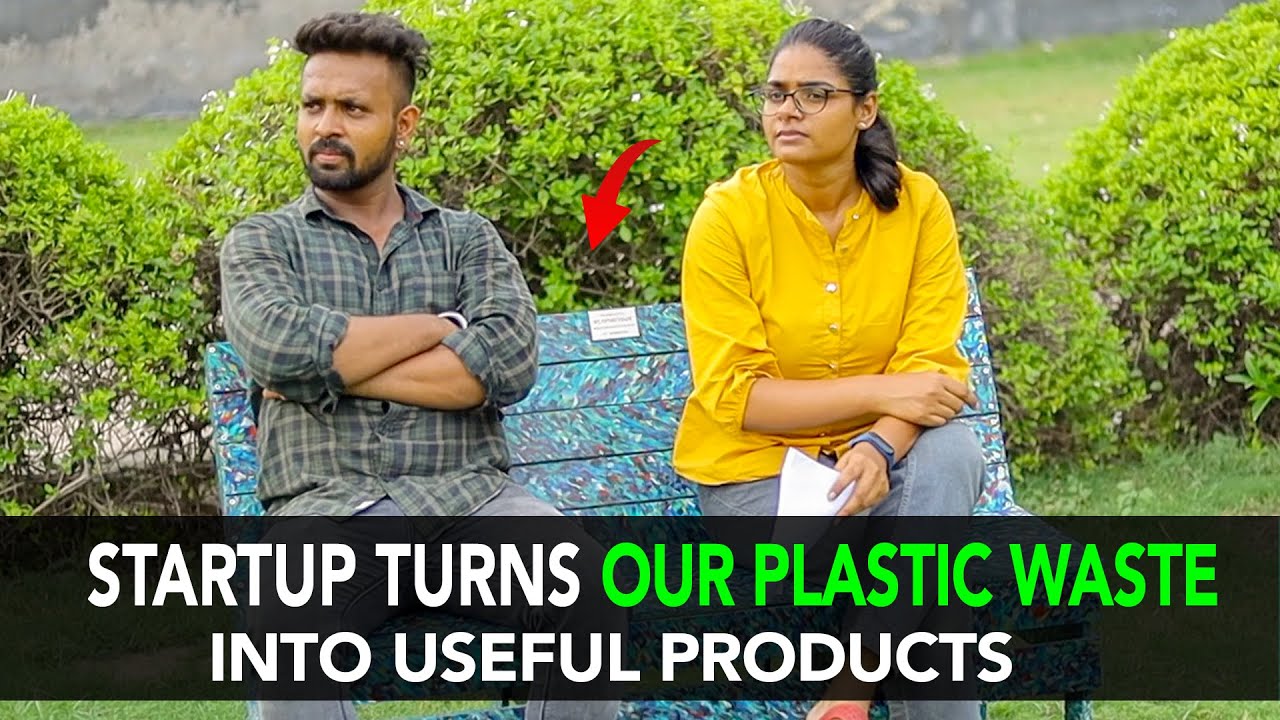5.7 Applying the Waste Flow Diagram
Summary
TLDRThis module teaches how to use the Waste Flow Diagram to quantify plastic leakage from waste management systems into the environment. It covers the necessary tools, explains the leakage and fate decision trees, and provides examples of assessing disposal sites. The video demonstrates calculating leakage amounts and determining the final fates of leaked plastics, encouraging viewers to apply these methods in their own cities.
Takeaways
- 📊 The Waste Flow Diagram is a tool for quantifying plastic leakages from municipal solid waste management systems into the environment.
- 🌐 It helps to determine the final fates of the leaked plastic, such as where it ends up in the environment.
- 📝 Three key components are needed for assessment: leakage decision tree, fate decision tree, and on-site observations.
- 💧 Water-driven leakage and windblown leakage are two types of plastic leakage from disposal sites.
- 🌪️ Windblown leakage has five influencers, while water-driven leakage has only one.
- 🏞️ Environmental hazards, like flooding or landslides, can significantly impact the amount of plastic leakage.
- 🌬️ Exposure to weather, such as strong winds, is a key factor in windblown litter.
- 🗑️ Waste handling practices at the point of discharge can greatly affect the potential for plastic leakage.
- 🌿 The frequency and effectiveness of waste coverage can influence how much plastic is exposed to the elements.
- 🔥 Burning of waste can reduce the amount of plastic available to be windblown, but it is not considered a fate for involuntary leakages.
- 🏗️ The presence and effectiveness of fencing can help contain windblown plastics.
- 📈 The Waste Flow Diagram uses a formula to calculate the total daily leakage of plastic from a disposal site.
- 🌍 Leaked plastic is assumed to end up in one of four fates: retained on land, burnt, cleaned from storm drains, or retained in water systems.
- 📚 The module provides instructions for applying the Waste Flow Diagram tool and recommends further reading for in-depth knowledge.
Q & A
What is the purpose of the Waste Flow Diagram tool?
-The Waste Flow Diagram tool is used for a rapid and observation-based assessment to quantify plastic leakages from a municipal solid waste management system into the environment.
What are the three sets of ingredients needed for the assessment using the Waste Flow Diagram?
-The three sets of ingredients needed are the leakage decision tree and description tables to estimate the amount, the fate decision tree and description tables to determine the fates, and conducting observations and compiling a good understanding of the situation at the disposal site.
How many leakage influencers are there for disposal sites in the Waste Flow Diagram?
-There are six leakage influencers for disposal sites in the Waste Flow Diagram.
What are the two types of plastic leakages caused by disposal sites?
-The two types of plastic leakages caused by disposal sites are water-driven leakage and windblown leakage.
How is the total leakage calculated for disposal sites?
-The total leakage for disposal sites is calculated as the sum of water-driven leakage and windblown leakage, as shown in the formula provided in the script.
What does the environmental hazards influencer assess in the context of plastic leakage?
-The environmental hazards influencer assesses the frequency and impact of flooding events or landslides, which can carry disposed plastics from the site.
What is the role of the exposure to weather influencer in determining windblown litter?
-The exposure to weather influencer assesses the frequency of strong winds on the site, which is crucial in calculating the total windblown litter.
How does waste handling at the point of discharge affect the leakage potential?
-Waste handling at the point of discharge affects the leakage potential by considering aspects such as the presence of a designated discharge zone, waste pickers' activity, waste compaction or management, and waste exposure to the elements.
What does the coverage influencer look at in terms of plastic leakage?
-The coverage influencer looks at the frequency and effectiveness of coverage of the disposed waste, which impacts the potential for windblown leakage.
How does the presence of burning impact the leakage potential?
-Although burning is undesirable and hazardous, it can reduce the amounts of plastics prone to be windblown by combusting them, thus affecting the leakage potential.
What is the significance of fencing in determining the fate of leaked plastics?
-Fencing can capture a significant portion of flying plastics, thus reducing the amount of leakage. Its existence and effectiveness are observed to determine the leakage potential.
How is the distribution of plastic leakage fates determined using the Waste Flow Diagram?
-The distribution of plastic leakage fates is determined by using the fate decision tree and description tables, which consider factors such as the proximity of water bodies, the presence of vegetation, and the frequency of cleaning activities.
What are the four fates that leaked plastic can end up in according to the Waste Flow Diagram?
-Leaked plastic can end up retained on land, burnt, cleaned from storm drains, or retained in water systems.
Outlines

This section is available to paid users only. Please upgrade to access this part.
Upgrade NowMindmap

This section is available to paid users only. Please upgrade to access this part.
Upgrade NowKeywords

This section is available to paid users only. Please upgrade to access this part.
Upgrade NowHighlights

This section is available to paid users only. Please upgrade to access this part.
Upgrade NowTranscripts

This section is available to paid users only. Please upgrade to access this part.
Upgrade NowBrowse More Related Video

5.6 Introduction to the Waste Flow Diagram

WargaKota Cilegon Berhasil Olah Sampah Plastik jadi Bahan Bakar Minyak

Petualangan Glen & Bina Bersama Cican - Memilah Sampah

Pengolahan sampah Anorganik di TPA isso

Plastic Fantastic: why do we still use this material? | AnyStory made by Cooler Media

Startup Turns Our Plastic Waste Into Useful Products | Anuj Ramatri - An EcoFreak
5.0 / 5 (0 votes)